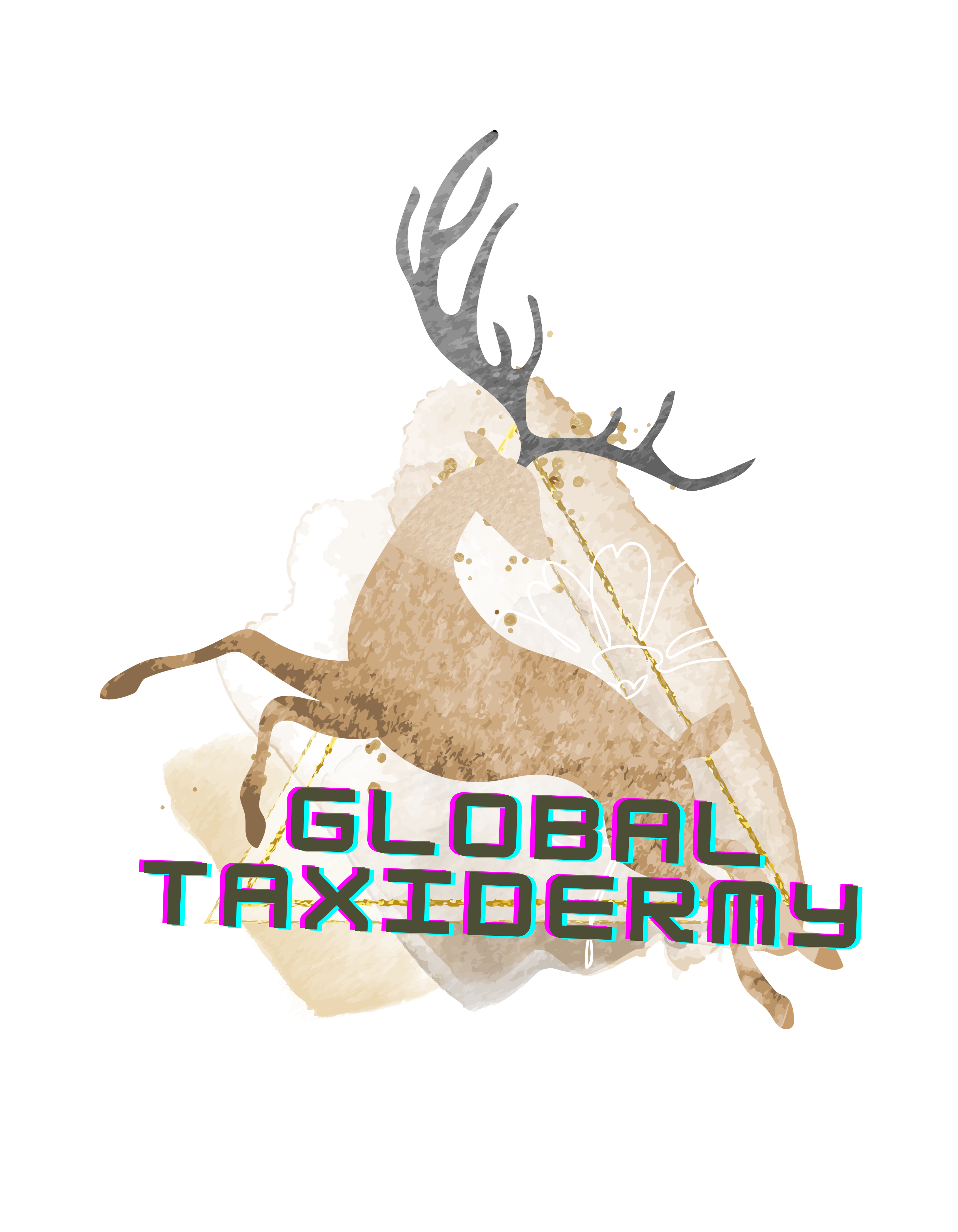Blog
The Role of Taxidermy Associations in Conservation Efforts: An Overview

Taxidermy, the art of preserving and mounting animal specimens, has a long history intertwined with the world of hunting and natural history. Also, in recent times, taxidermy associations have emerged as crucial players in conservation efforts, contributing to biodiversity preservation, education, and ethical practices within the taxidermy community.
This article provides a comprehensive overview of the pivotal role taxidermy associations play in promoting conservation values and practices.
Preserving Biodiversity Through Ethical Taxidermy
Taxidermy associations are increasingly emphasizing ethical practices within the taxidermy community. Ethical taxidermy involves responsible sourcing of specimens, ensuring that animals are acquired through legal and sustainable means. Also, associations set guidelines to discourage the use of illegally obtained specimens and promote a commitment to preserving biodiversity through ethical taxidermy practices.
Education and Outreach Initiatives
One of the key contributions of taxidermy associations to conservation is their commitment to education and outreach. Also, many associations organize workshops, seminars, and educational programs to disseminate knowledge about wildlife conservation, anatomy, and ethical taxidermy techniques. By fostering a deeper understanding of the natural world, these initiatives contribute to a greater appreciation for wildlife and the need for its conservation.
Advocacy for Sustainable Hunting Practices
Several taxidermy associations actively advocate for sustainable hunting practices as a means of conservation. Also, by promoting regulations that ensure responsible hunting, associations contribute to maintaining balanced ecosystems. Sustainable hunting, when guided by ethical principles and conservation goals, can play a role in wildlife management and contribute to the overall health of ecosystems.
Supporting Conservation Projects
Many taxidermy associations engage in direct support for conservation projects. This support may come in the form of financial contributions, collaboration with wildlife conservation organizations, or involvement in habitat restoration initiatives. Furthermore, by aligning with broader conservation efforts, taxidermy associations demonstrate their commitment to the well-being of wildlife populations and ecosystems.
Promoting Responsible Taxidermy Practices
Associations play a crucial role in setting standards for responsible taxidermy practices. This includes guidelines on specimen preparation, record-keeping, and adherence to legal frameworks governing the trade and movement of wildlife specimens. In addition, by promoting responsible practices within the taxidermy community, associations contribute to reducing the negative impact on wildlife populations.
Encouraging Ethical Display and Exhibition
Taxidermy associations often encourage members to prioritize ethical considerations when displaying their work. Also, this involves avoiding the use of endangered or protected species and ensuring that specimens are obtained legally. By promoting ethical display and exhibition standards, associations contribute to creating awareness about the importance of respecting wildlife and its conservation.
Addressing Conservation Challenges
In the face of environmental challenges such as habitat loss, climate change, and poaching, taxidermy associations have a role in addressing these issues. Also, through partnerships with conservation organizations, research institutions, and government agencies, associations can contribute to collaborative efforts aimed at mitigating the threats to wildlife and their habitats.
Adapting to Evolving Conservation Needs
The dynamic nature of conservation requires continuous adaptation and innovation. Taxidermy associations are well-positioned to respond to evolving conservation needs by staying informed about scientific advancements, participating in relevant research, and adjusting their guidelines to align with the latest conservation priorities.
Conclusion: A Collaborative Approach to Conservation
In conclusion, taxidermy associations have evolved beyond their traditional roles to become active contributors to conservation efforts.
Through ethical taxidermy practices, educational initiatives, advocacy for sustainable hunting, and support for conservation projects, these associations play a vital role in promoting biodiversity preservation and environmental stewardship.
The collaborative approach taken by taxidermy associations highlights the potential for diverse communities to contribute to the shared goal of a sustainable and thriving natural world.

Pingback: Why Every Hunter Should Consider Getting a Deer Mounts - globaltaxidermymounts
Pingback: Top 15 Most Unique Elk Taxidermy Pieces You Need to See
Pingback: How to Buy Taxidermy in Europe: A Beginners Guide
Pingback: Stunning Examples of Peacock Taxidermy That Will Wow You - globaltaxidermymounts
Pingback: Deer Mounts: Top 10 Most Impressive Deer Mount of All Time
I don’t think the title of your article matches the content lol. Just kidding, mainly because I had some doubts after reading the article.